Attached Pronouns in Arabic Examples (Complete Guide)
Advertisements
Arabic Attached pronouns vary in form depending on the gender and number of the noun they replace. The gender and number of the attached pronouns in Arabic must agree with the gender and number of the noun.
In this lesson, we will learn the meaning of attached pronouns in Arabic, number of attached pronouns, examples, how to identify them and many more.
What Are Attached Pronouns In Arabic?
Attached pronoun in Arabic is are called ضَمِيْرٌ مُتَّصِلٌ (plural: الضمائر المتصله) in Arabic and pronounced dameerun muttasil (Plural: Admaa irul muttasilah). Arabic attached pronoun is a pronoun that is attached to a noun, verb, or particle. The pronoun is considered possessive.
They are my, your, his, her, our, their and used to indicate ownership of something. In Arabic, as with object pronouns, they take the form of suffixes and are attached to the noun that’s owned.
There are a total of 14 attached pronouns, same number as the detached pronouns. However, the attached pronouns for 3rd person dual masculine and dual feminine, as well as those for 2nd person dual masculine and dual feminine, are the same.
Advertisements
Thus, we are left with 12 attached pronouns to deal with. The table below shows the listings for attached pronouns.
The table below shows the complete attached pronouns suffixes in Arabic, their transliterations and meanings.
| Arabic | Transliteration | English |
| ـي | -i | me |
| ـكَ | -ka | your (masc.) |
| ـكِ | -ki | your (fem.) |
| ـه | -hu | him |
| ـها | -ha | her |
| Dual | ||
| ـنا | -na | us (two people) |
| ـكما | -kuma | your (two people) |
| ـهما | -huma | them (two people) |
| Plural | ||
| ـنا | -na | us |
| ـكم | -kum | your (masc.) |
| ـكن | -kunna | your (fem.) |
| ـهم | -hum | them (masc.) |
| ـهن | -hunna | them (fem.) |
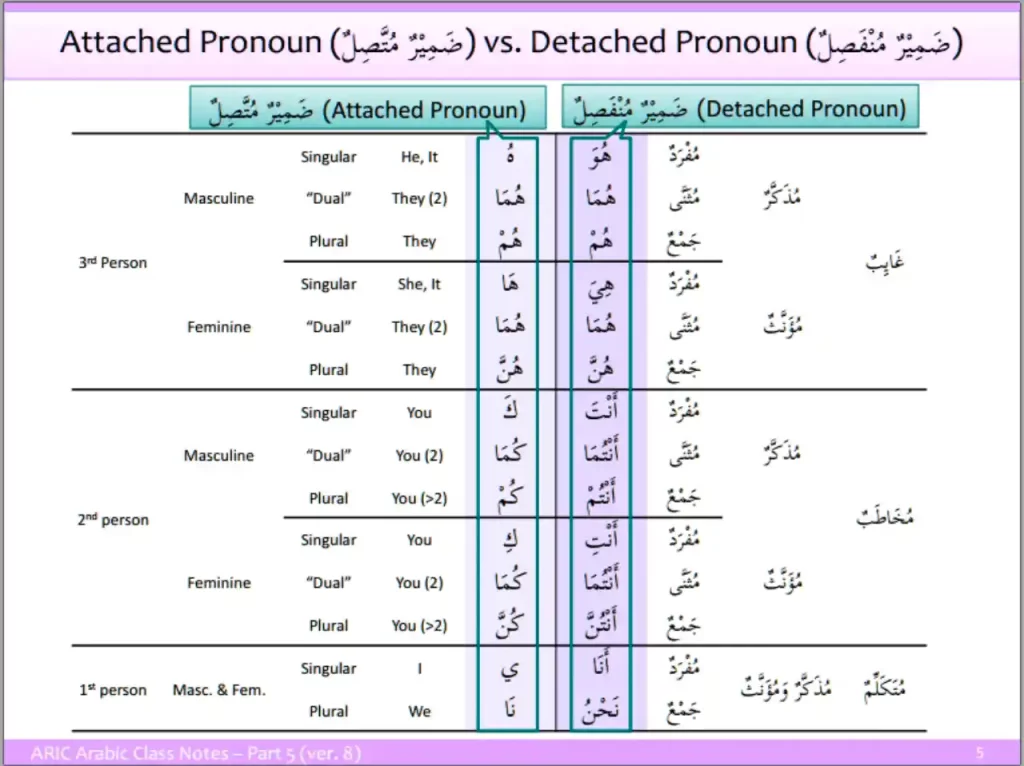
Explanatory Note
The above examples illustrate attached pronouns. Some points may be noted about these pronouns,
- These pronouns do not occur independently; instead they are attached to a noun, verb or particle.
- Pronouns attached to nouns appear in the genitive case as the second term of the Idafa phrase.
- Pronouns added to particles also occur in the genitive case.
- Pronouns attached to verbs occur the accusative case as the object of a verb.
If the letter preceding a singular, masculine, third person pronoun suffix carries dhumma, or fatha, dhumma. If the Preceding letter has kasrah, then the pronoun has a kasrah.
When we add a pronoun suffix to a word which ends in a ة, the ة is written and pronounced as a regular ت.
Advertisements
LEARN Hamza In Arabic, Meaning, Types, And Examples
Generally, pronouns can be classified according to:
Conversation – الْكَلامُ:
- Third-person – الْغَائِبُ
- Second person – الْمُخَاطَبُ
- First-person – الْمُتَكَلِّمُ
Gender -الْجِنْسُ:
- Masculine – المُذَكَّرُ
- Feminine – الْمُؤَنَّفُ
Number – الْعَدَدُ
- Singular – الْمُفْرَدُ
- Dual – المُثَنَّى
- Plural – الْجَمْعُ
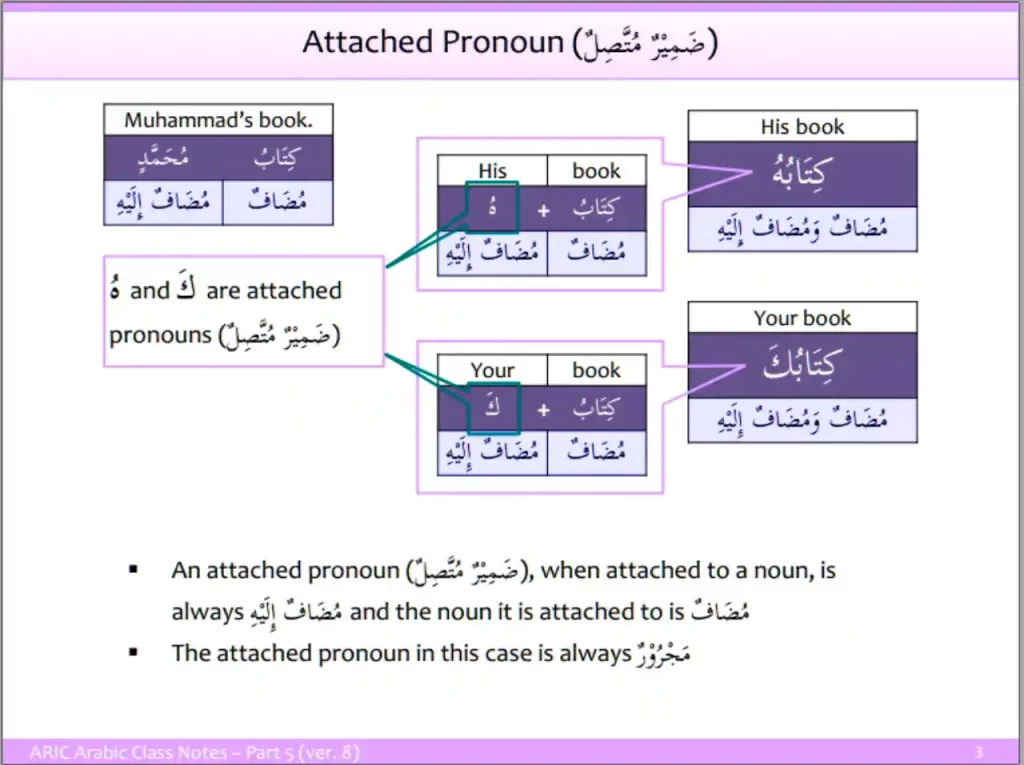
Let’s break down the rules
The Attached Pronoun for 1st Person Singular is ي for both masculine and feminine e.g., حَقِيبَتِي (my bag (fem.)) and for Plural it is نَا for both the masculine and feminine دِينُنَا (our religion)
The Attached Pronouns for 2nd Person are as follows:
- 2nd Person Singular Male = كَ e.g., بَيْتُكَ meaning “Your house“
- 2nd Person Singular Female = كِ e.g., كِتَابُكِ meaning “Your book“
- 2nd Person Dual for both masculine and feminine = كُمَا e.g., مَكْتَبُكُمَا meaning “Desk of both of you“
- 2nd Person Plural feminine = كُنَّ e.g., غُرْفَتُكُنَّ meaning “The room of all of you“
The Attached Pronouns for 3rd Person are as follows:
- 3rd Person Singular Male = هُ e.g., مِسْطَرَتُهُ meaning “His ruler“
- 3rd Person Singular Female = هَا e.g., مَطْبَخُهَا meaning “Her kitchen“
- 3rd Person Dual for both masculine and feminine = هُمَا e.g., مَدْرَسَتُهُمَا meaning “School of both of them“
- 3rd Person Plural masculine = هُمْ e.g., مَلْعَبُهُمْ meaning “Their play ground“.
- 3rd Person Plural masculine = هُمْ e.g., مَلْعَبُهُمْ meaning “Their play ground“.
- 3rd Person Plural feminine = هُنَّ e.g., وَاجِبُهُنَّ meaning “Their duty”
It must be remembered however that the noun followed by the attached pronoun is always a definite noun and therefore it does not take a double vowel.
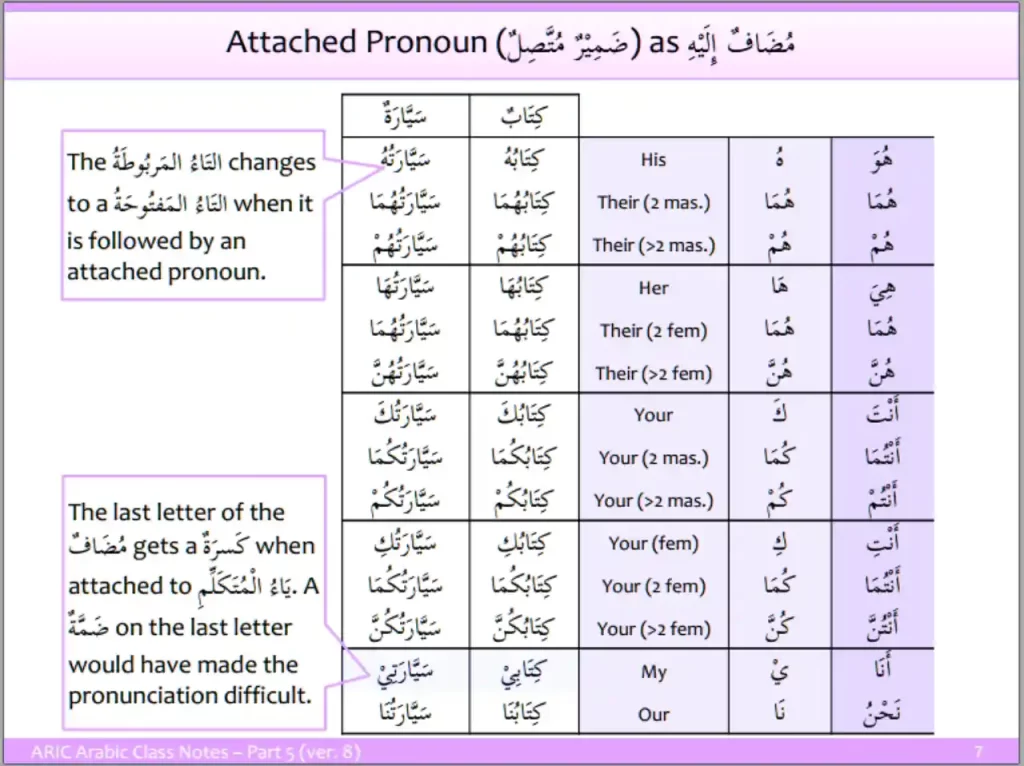
Let’s review some examples to understand this rule:
- His pen = قَلَمُهُ
- Their pen (dual both male and female) = قَلَمُهُمَا
- Their pen (plural masculine) = قَلَمُهُمْ
- Her pen = قَلَمُهَا
- Their pen (plural feminine) = قَلَمُهُنَّ
- Your pen (male) = قَلَمُكَ
- Your pen (both male and female)
- Your pen (male plural) = قَلَمُكُمْ
- Your pen (female) = قَلَمُكِ
- Your pen (female plural) = قَلَمُكُنَّ
- My pen = قَلَمِي
- Our pen = قَلَمُنَا
When attached pronoun added to a verb, it functions as a subject (فَاعِل) or as an object (مَفْعُول). If added to a noun, it is a possessive pronoun (مُضَاف إِلَيْهِ). And if appended to a preposition, it functions as an object of a preposition (اِسْم مَجْرُور).
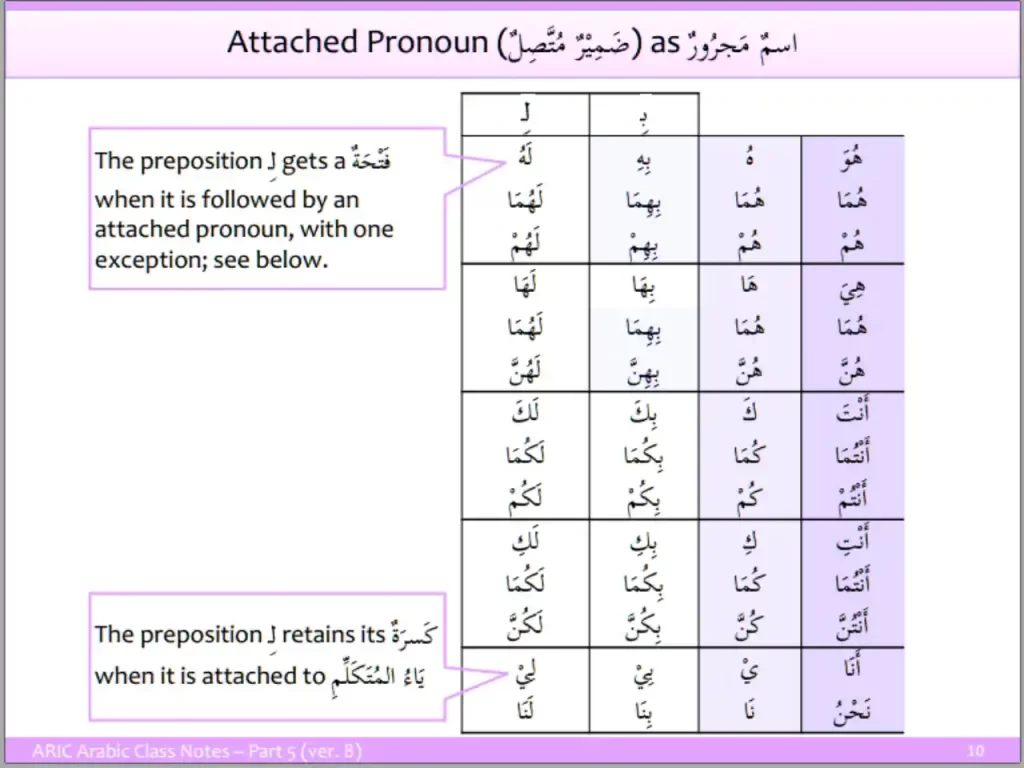
How to Say Your In Arabic
Their are different ways to say your in Arabic, depending on the gender and number. The Arabic word for your would be كَ, كِ ، كنّ، كم.
- Your (male) = كَ
- Your (female) = كِ
- Your (dual both and female) = كما
- Your (male plural) = كم
- Your (female plural) = كنّ
It has the same concept as the previous attached pronouns. It is used for belongings/ownership.
Example:
- Your book = كِتَابُكَ
- i.e كِتَابٌ + كَ(أَنْتَ)
- Your grandfather = جَدُّكَ
- I.e جَدٌّ + كَ(أَنْتَ)
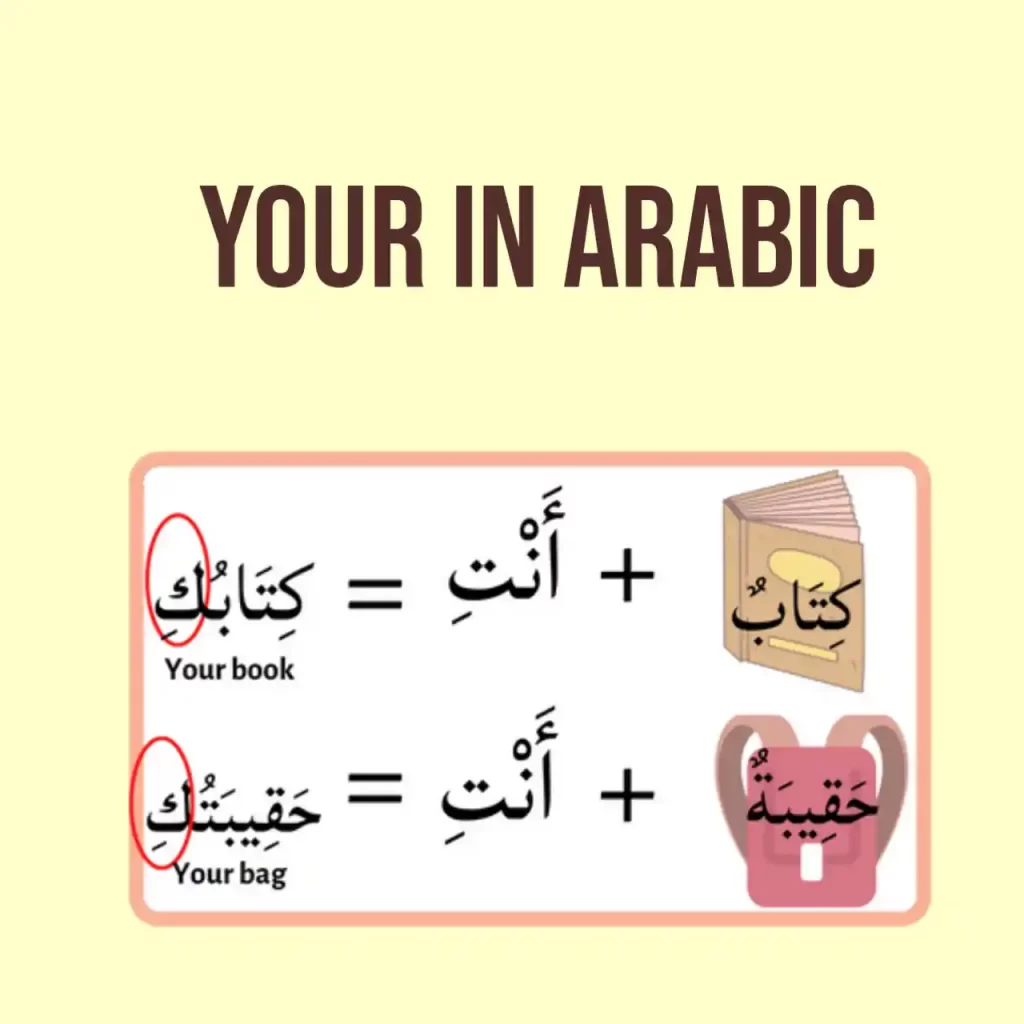
How To Say His in Arabic
The Arabic word for his is هُ. It is an attached pronoun for the pronoun هُوَ (he). It is used for belongings/ownership.
Example:
- His book = كِتَابُهُ
- i.e كِتَابٌ + هُ(هُوَ)
- His mother = أُمُّهُ
- i.e أُمٌّ + هُ(هُوَ)
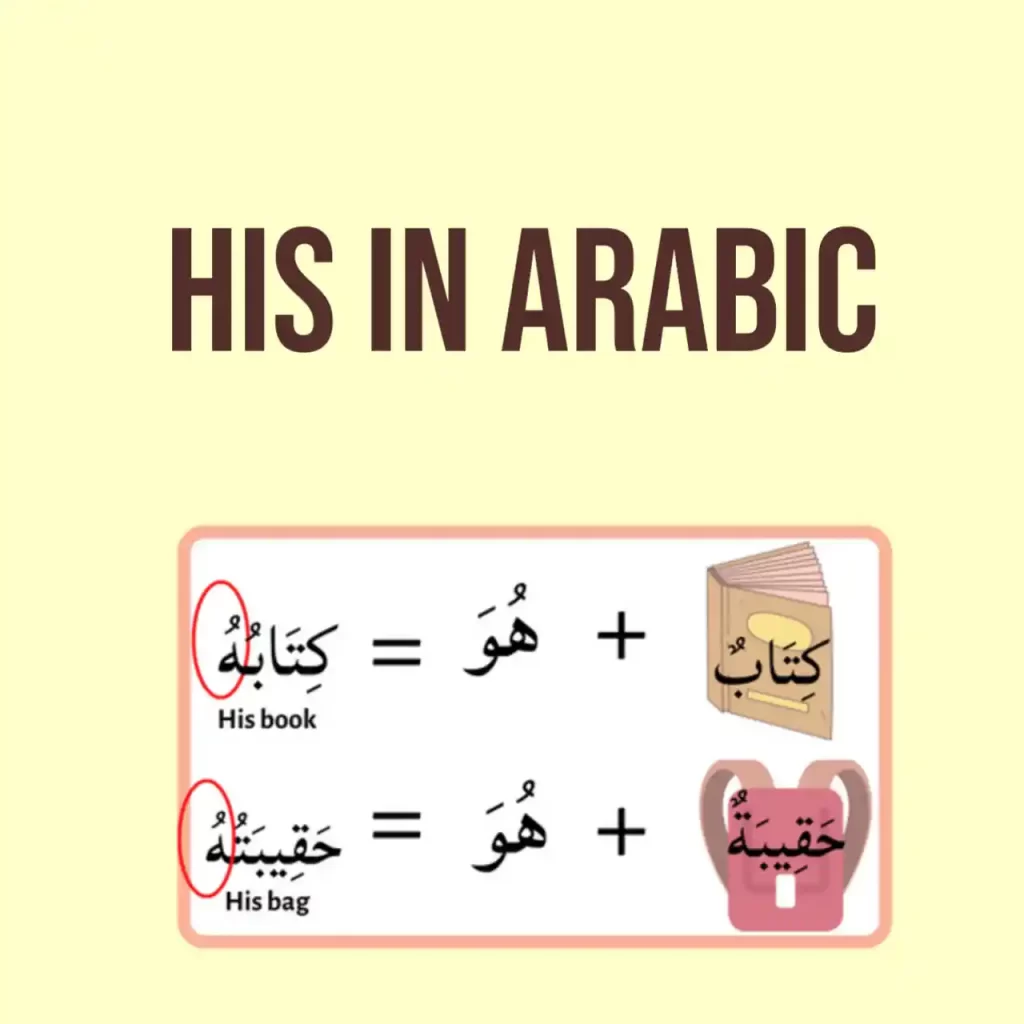
How To Say Her in Arabic
The Arabic word for her is هَا. It is an attached pronoun for the pronoun هِيَ (she). It is used for belongings/ownership.
Example:
- Her book = كِتَابُهَا
- i.e كِتَابٌ + هَا(هِيَ)
- Her grandfather = جَدُّهَا
- i.e جَدٌّ + هَا(هِيَ)
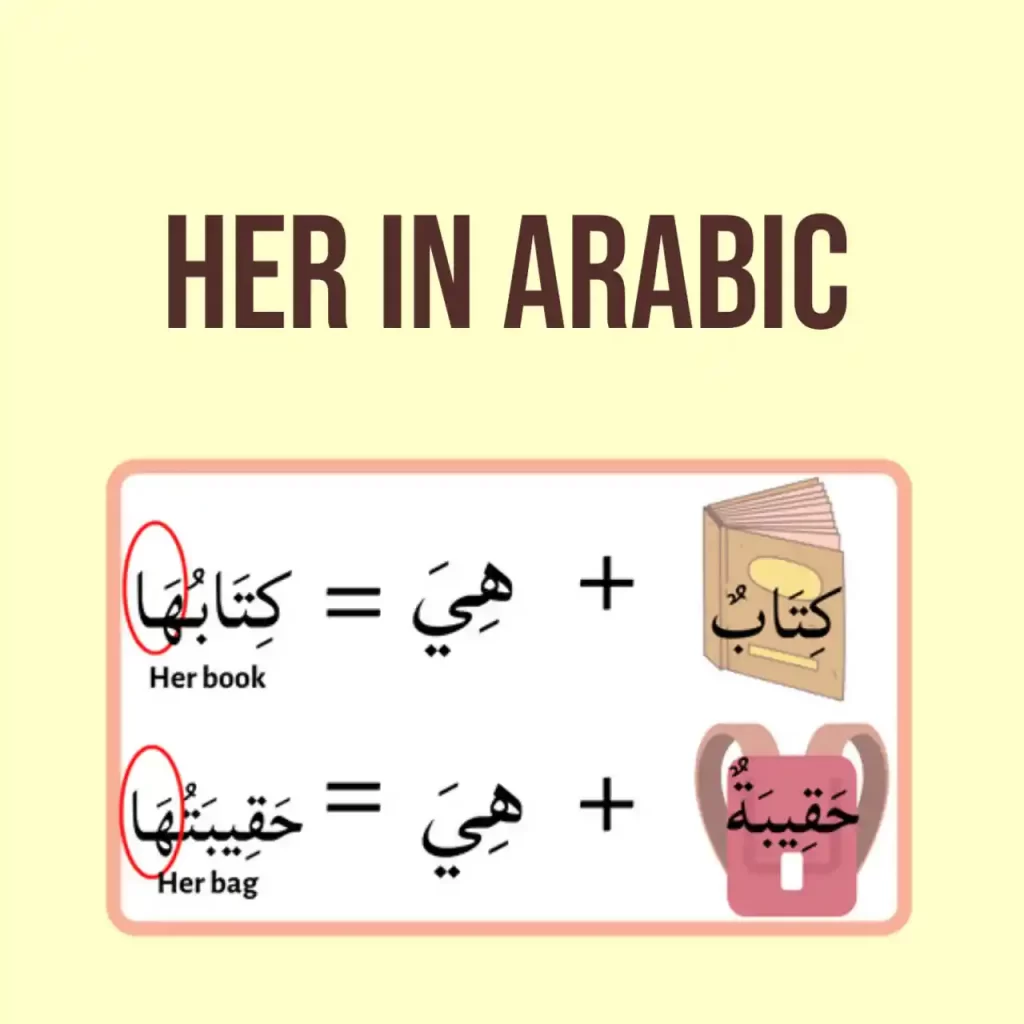
How to Say Their in Arabic
Their are two ways to say their in Arabic, depending on the gender. We add هن and هم for female and male respectively to the end of the words.
How To Say My in Arabic
We add ي at the end of the word to mean my in Arabic. And we also need to change the haraka (vowel) of the last huruf of the noun to kasrah.
Examples:
- My cat – قِطِّي
- My notebook – دَفْتَرِي
- My schoo l- مَدْرَسَتِي
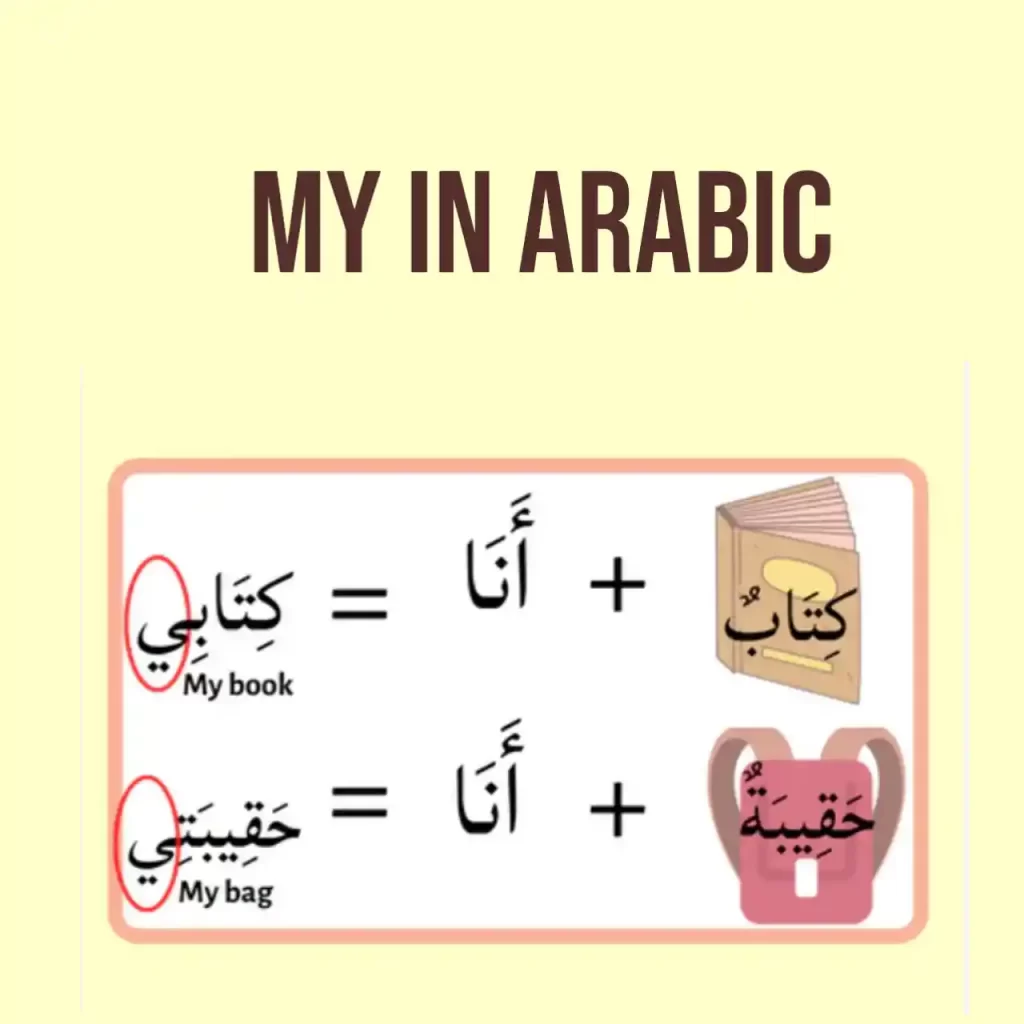
How To Say Our In Arabic
When نَحْنُ (we) is attached to a noun, it is for belonging and will be presented as (نَا), which brings the meaning of ‘Our’ and not ‘We’.
The nouns are not required to be in the form of plural.
Example:
- Our mother – أُمُّنَا
- Our class – فَصْلُنَا
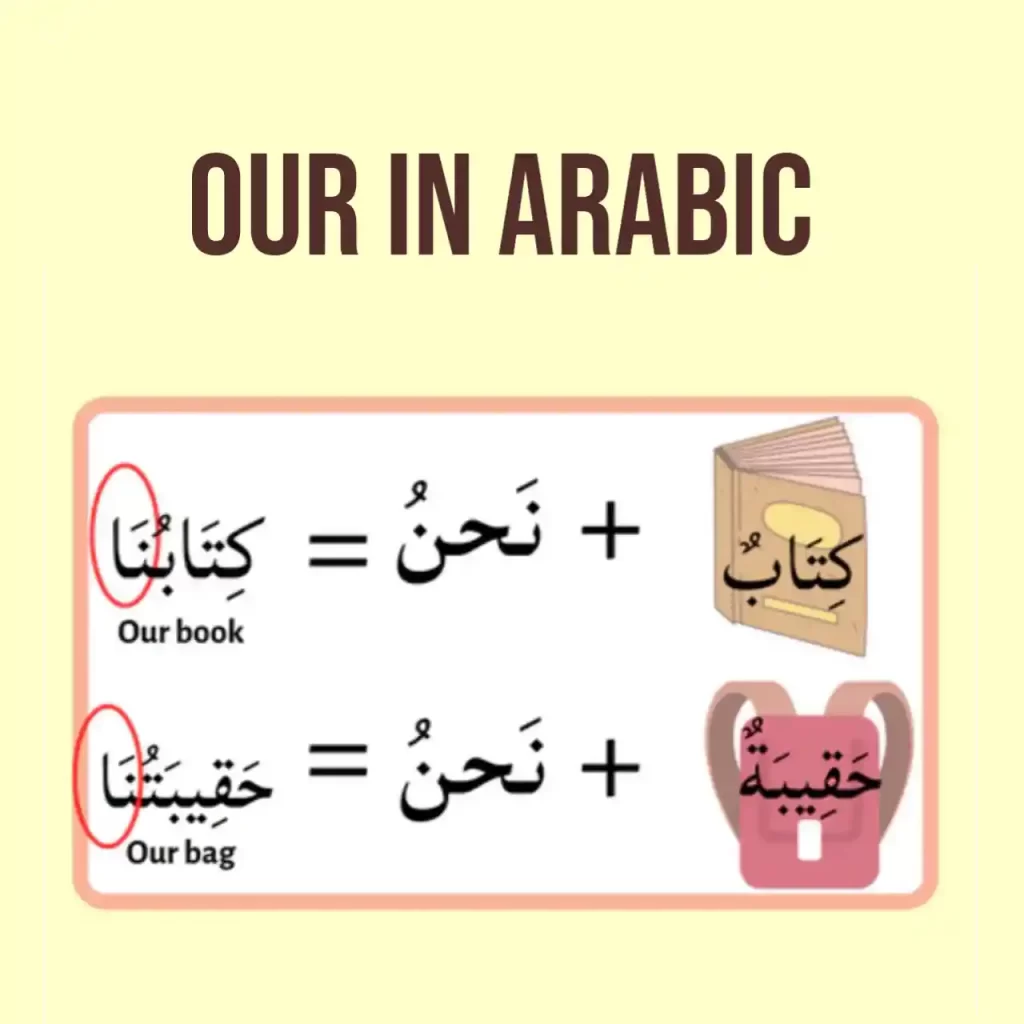
Conclusion
The attached pronouns in Arabic are fairly easy to learn as there aren’t as many variations to them in comparison to the conjugation of different verbs in Arabic. Once you learn these rules, you will be able to use them in your speech, writing and reading without worry.
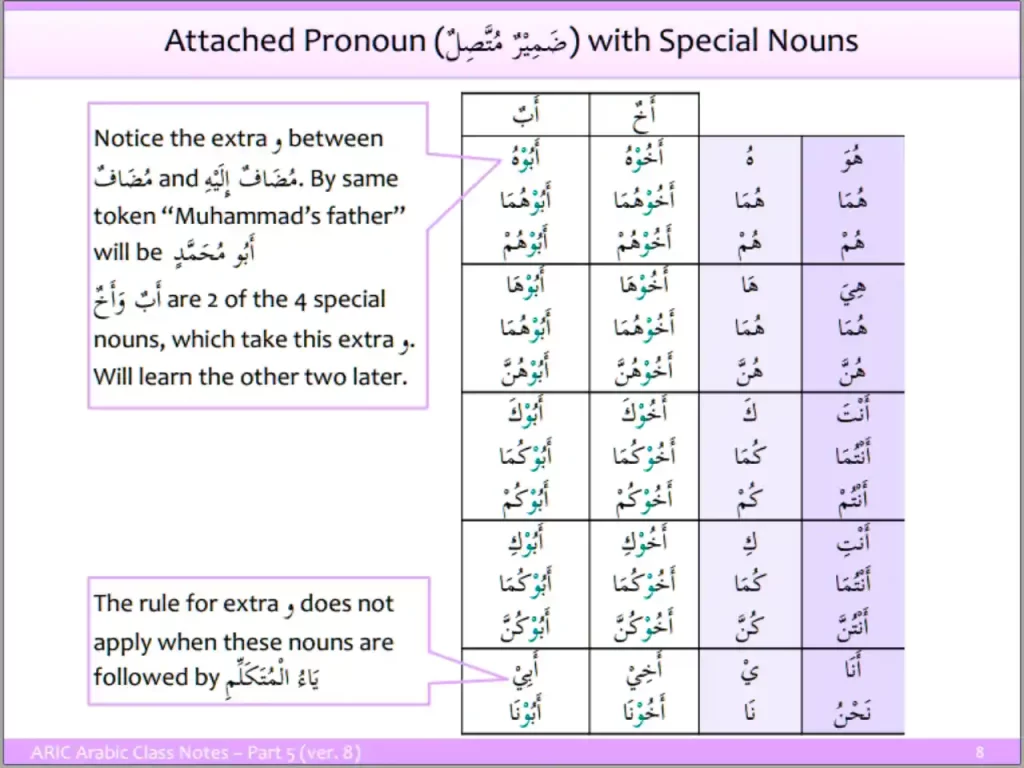

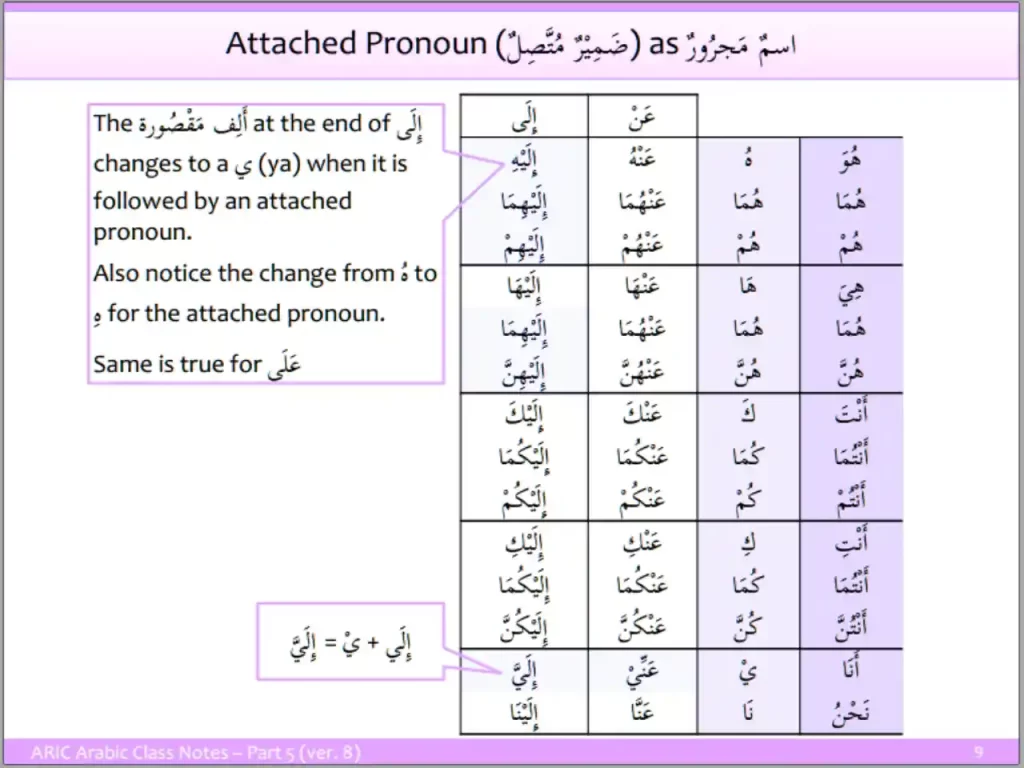
Advertisements


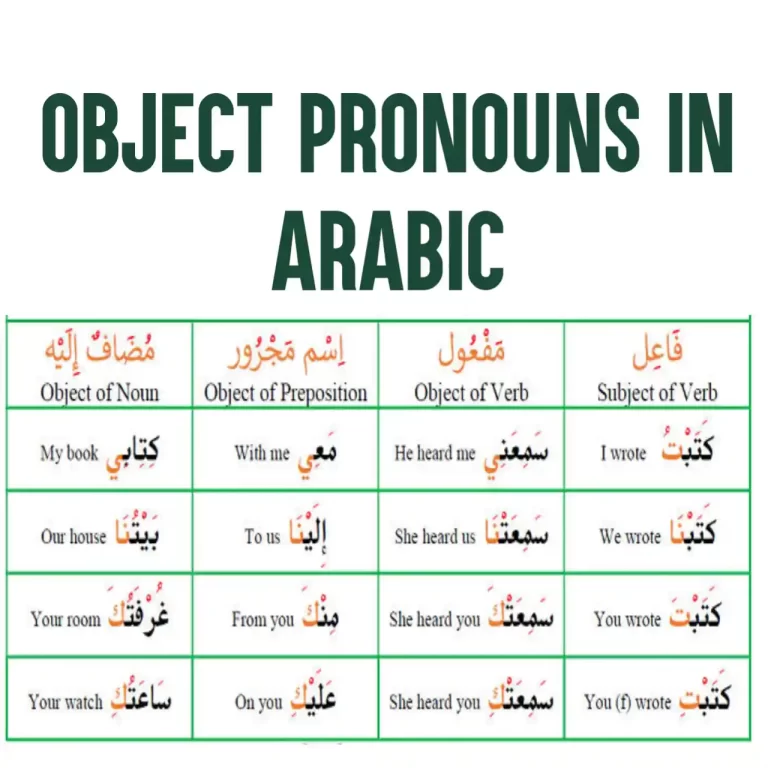
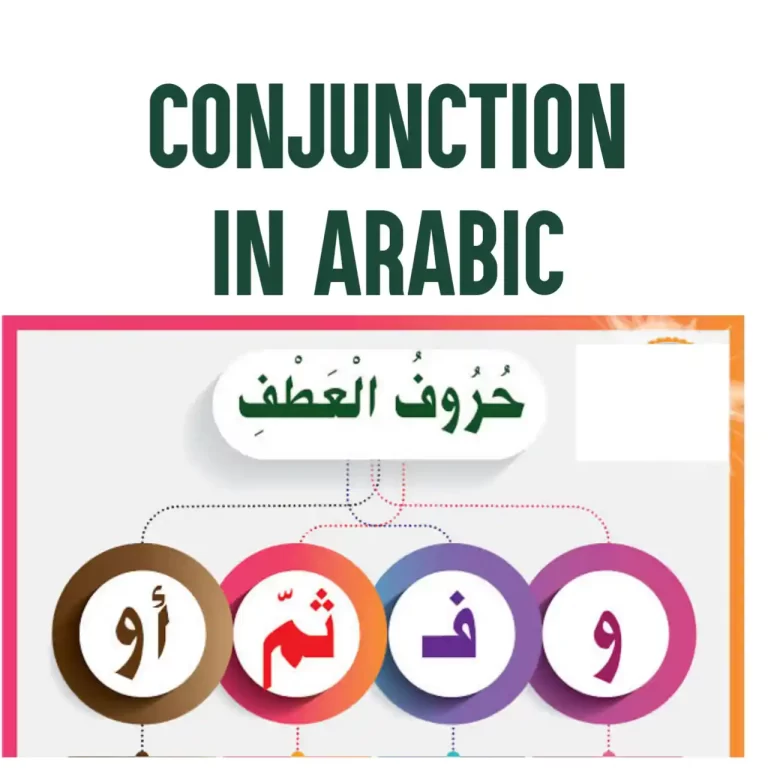
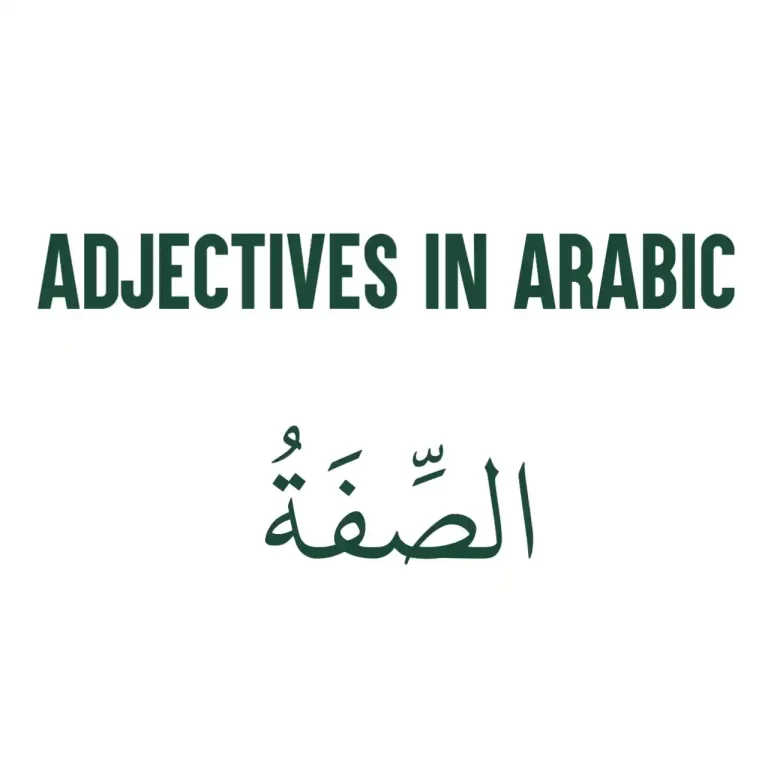

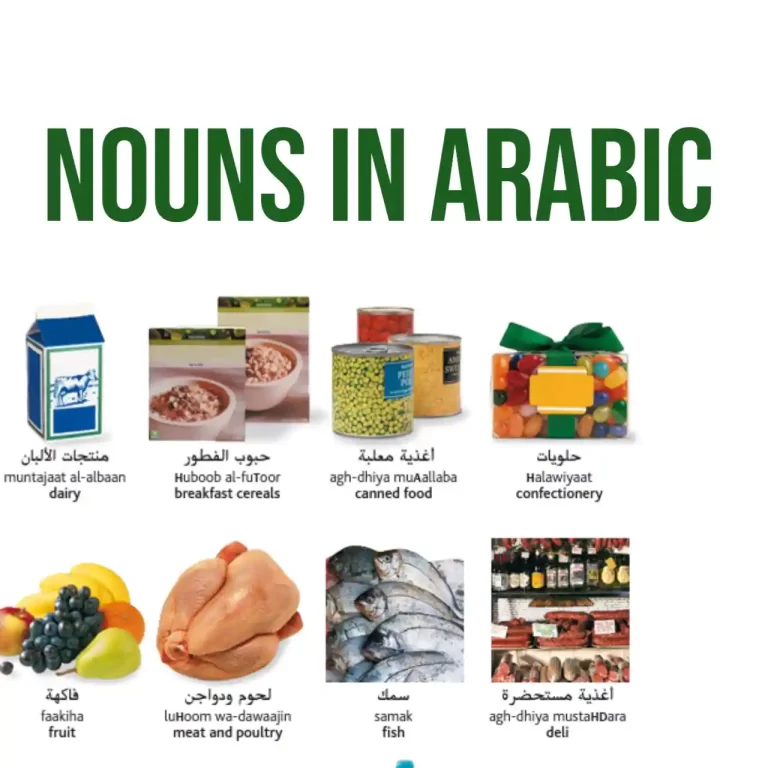
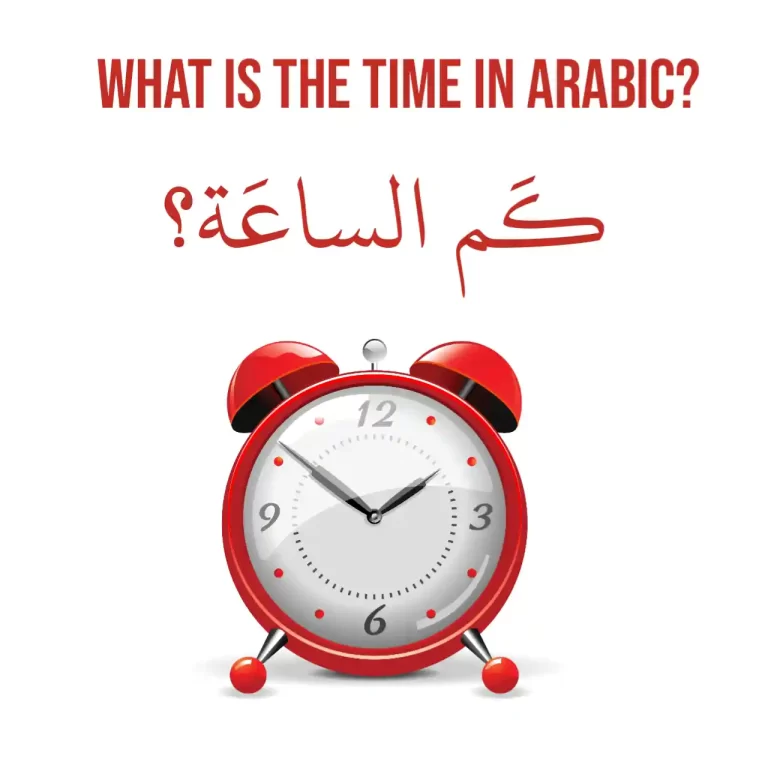
One Comment